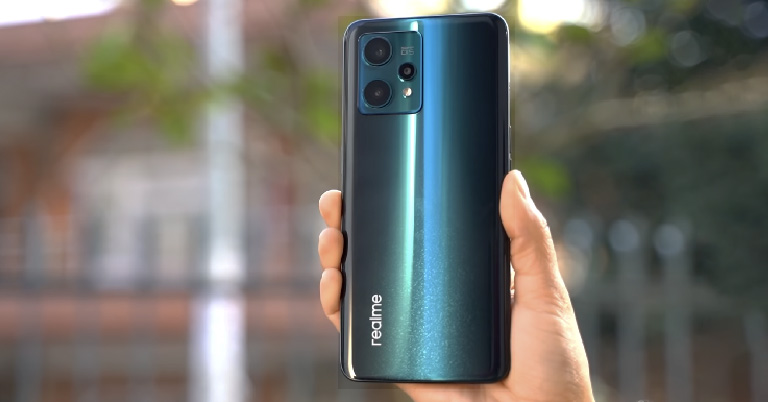
Here’s our full review of the new Realme 9 Pro+ after having used it for a month. While the company’s GT lineup of smartphones has been a hit among critics and fans alike, its more mainstream number series… is a different story.
With intense competition from Xiaomi, the Realme 8 series was a possible breaking point and a glaring reminder that Realme really needed to get its act together if it wants to stay competitive and market-relevant. Well, it seems that the company has heard all the complaints loud and clear this time.
Realme 9 Pro+ Specifications:
- Body: 73.3 x 160.2 x 7.99mm, 182 gm, Glass back, Plastic frames
- Display: 6.4-inches Super AMOLED panel, 90Hz refresh rate, 360Hz touch sampling rate, Gorilla Glass 5, Up to 600 nits brightness (HBM)
- Resolution: FHD+ (2400 x 1080 pixels), 409 PPI, 20:9 aspect ratio
- Chipset: MediaTek Dimensity 920 5G (6nm mobile platform)
- CPU: Octa-core:
– 2x Cortex-A78 (2.5 GHz)
– 6x Cortex-A55 (2.0 GHz) - GPU: Arm Mali-G68 MC4
- Memory: 6/8GB LPDDR4X RAM, 128/256GB UFS 2.2 storage (fixed)
- Software & UI: Android 12 with Realme UI 3.0 on top
- Rear Camera: Triple (with LED flash);
– 50MP, f/1.8 Sony IMX766 1/1.56″ sensor, OIS, EIS
– 8MP, f/2.2 Sony IMX355 ultrawide sensor, 119º FoV, EIS
– 2MP, f/2.4 macro lens, 4cm fixed focus - Front Camera: 16MP, f/2.4 Sony IMX471 sensor (hole-punch cutout)
- Audio: Dual stereo speaker, Dolby Atmos audio, 3.5mm headphone jack
- Security: Optical in-display fingerprint sensor (with heart rate monitor), Face unlock
- Sensors: Accelerometer, Light, Proximity, Gyro, Magnetic induction
- Connectivity: Dual-SIM (Nano), WiFi 6 a/b/g/n/ac/ax (Dual-band), Bluetooth 5.2, GPS / AGPS / Glonass / Beidou, USB Type-C, 4G LTE (VoLTE), 5G
- Battery: 4500mAh with 60W SuperDart charge (65W power adapter provided)
- Color Options: Sunrise Blue, Aurora Green, Midnight Black
- What’s inside the box: Realme 9 Pro+, Transparent case, SIM ejector, 65W power adapter, USB-A to USB-C cable
- Price in Nepal: Rs. 41,999 (6/128GB) | Rs. 45,499 (8/128GB)
Realme 9 Pro+ Review:
The new Realme 9 series brings a healthy upgrade over its predecessor—some more than others—where the top-of-the-line Realme 9 Pro+ is an especially interesting phone. As the first “Pro+” phone in the lineup, there are a lot of big talking points here. And that starts with the price itself!
-
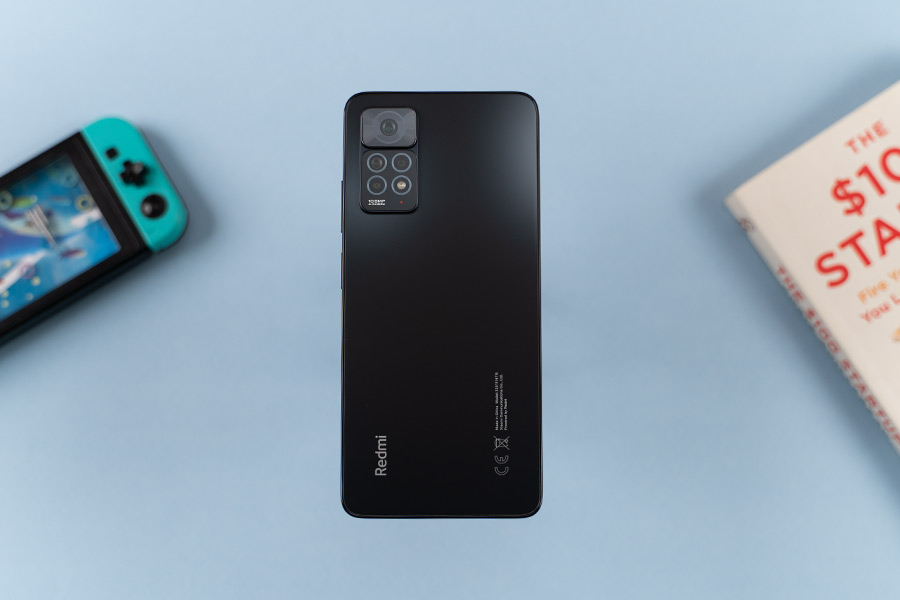
Redmi Note 11 Pro (4G)
I mean, Realme’s number series has naturally always drawn comparison with Redmi’s Note series based on their similar pricing, but the 9 Pro+ is on a whole another level. Even the Redmi Note 11 Pro+ 5G—which is the most expensive entry in its lineup—is almost 20% cheaper than this guy.
Anyway, the Realme 9 Pro+ compares against the costlier Xiaomi 11i series instead—which is why I’ve been testing it out against the Xiaomi 11i Hypercharge for about a month now. And in this review, I’ll be discussing if the Realme 9 Pro+ is actually worth your money or not, among other things.
Design & Build
- 73.3 x 160.2 x 7.99mm, 182 grams
- Glass front/back, plastic frames
- No official IP certification
Okay, let’s kick off this review of the Realme 9 Pro+ with its design and build quality. If you’ve already read our early impressions of the phone, you know that I’m quite fond of how well-built this thing is. Not that it’s a compact phone or anything but I’ve had zero trouble handling it with one hand during my everyday use.
This is all thanks to the curved back and how slim and lightweight its design is. At 182 grams, it’s certainly not the lightest phone I’ve used but most of the time I’d even forget that I have the phone in my pocket! Furthermore, everything from its build material to the button placement feels almost exactly tailored to my liking. Emphasis on almost.
Much to my disappointment, this is one flamboyant look! I guess I can’t say I’m surprised because it’s a Realme phone after all—a dull design is absolutely out of the question for the company. From plastering its “Dare to Leap” slogan at the back of the phone to coming up with looks inspired by a suitcase or even an onion, Realme simply doesn’t do boring.
Maybe boring phones, but never boring designs!
Then again, if you like this glossy, shimmering finish, more power to you! The “Sunrise Blue” color option even has a color-changing “photochromic” back like the Vivo V23 Pro. Its glass sandwich body also takes me back to the days of Realme 6 Pro which also had a dual-glass design—while Realme shamelessly dared to downgrade to a plastic back on the 7 and 8 series.
For the fans of the flair
Unlike the glossy rear panel that catches fingerprint smudges a little too easily, its plastic side rails arrive in a nice matte finish though. This Realme GT 2-inspired camera island looks pretty seek as well and I like how the TPU case that comes inside the box extends to individual lenses.
By the way, the camera bump is significant enough to cause wobbles when placed on a flat surface but slapping on the case minimizes it to a great extent.

But for something that calls itself a Pro+ device, that bottom bezel feels quite out of place. Plus, the phone lacks any form of IP certification whereas even the SIM tray skips a protective rubber gasket. Xiaomi has been offering IP53 dust and splash resistance on phones that cost almost half as this, which is just embarrassing for Realme at this point.
Display
- 6.4-inches FHD+ Super AMOLED display
- 90/360Hz refresh/touch sampling rate
- Corning Gorilla Glass 5 protection
Moving on, the Realme 9 Pro+ brings a neat 6.4” Super AMOLED display with a 90Hz refresh rate and up to 360Hz touch sampling rate. It’s a sweet upgrade from the plain old 60Hz refresh rate on the 8 Pro but we all know that Realme should’ve gone 120Hz this time.
Like an official IP rating, Xiaomi has been putting out 120Hz AMOLED displays on much cheaper phones for over a year now. Needless to say, if you’ve already gotten used to 120Hz displays, this is going to feel less than impressive.
As expected, its 90Hz refresh rate is also adaptive—but not in the conventional sense. A traditional adaptive refresh rate means that the display intelligently switches between different levels based on the content on the screen, right?
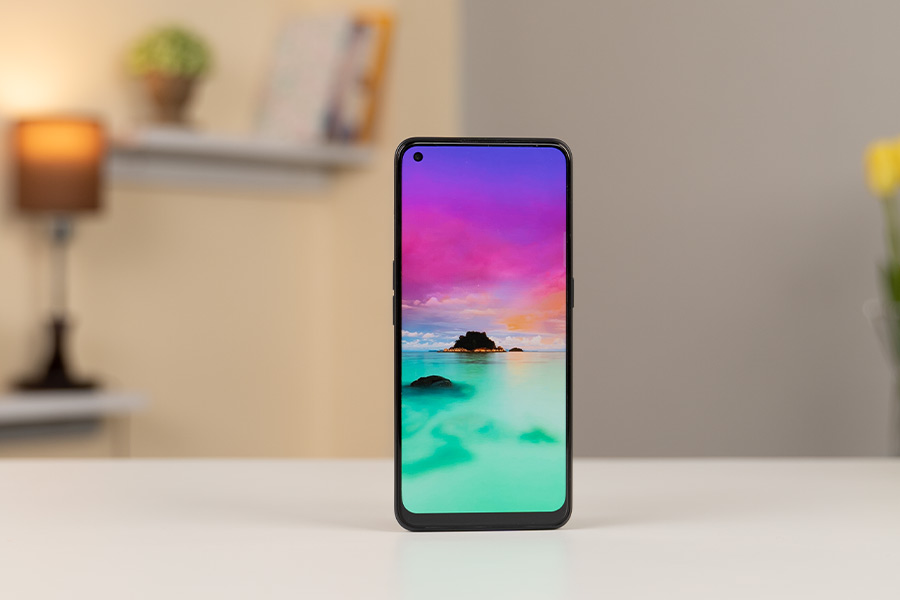
But the 9 Pro+ selects the best refresh rate for an app instead—meaning some apps enjoy the 90Hz smoothness at all times whereas some apps are stuck at 60Hz. Even the much more affordable Realme 9i implements variable refresh rates better!
Any trouble with outdoor visibility?
On the other hand, this display has a peak brightness of just 600 nits which is a heck of a lot less compared to 1000 nits of the Realme 8 Pro. I thought this was going to be problematic when using the phone outdoors but I was pleasantly surprised. With auto-brightness turned on, the 9 Pro+ was able to maintain visibility just fine.
But what’s not fine—at least for someone like me who prefers to use Dark Mode all day long—is how the screen drops the contrast level wayyyyyy too low when hitting peak brightness levels.
Realme clearly thinks this is a feature “to deliver superior visibility under harsh lighting conditions” with the “Adaptive contrast” option in the settings. However, even when I’d kept this option turned off, the issue persisted. And while I haven’t seen other reviewers or users face this issue, Always on Display simply doesn’t work on our unit either.
HDR playback
Plus, the phone has trouble handling HDR playback as well (except on YouTube). First thing first, the Realme 9 Pro+ doesn’t support Netflix natively. You can easily sideload it from third-party sources but the app just doesn’t appear on Play Store.
| Update: As of March 22, 2022, Realme 9 Pro+ has native Netflix support—although HDR playback is still missing. |
With this, although Widevine L1 support is present to stream in Full HD resolution, the phone can’t play HDR videos on Netflix. Same with Prime Video. Disabling hardware acceleration does liven things up a little but it’s visibly inferior compared to the Xiaomi 11i Hypercharge.

All this is not to say the Realme 9 Pro+ has a mediocre display—absolutely not. It delivers excellent color reproduction with a near-perfect contrast ratio. There is a bit of a bluish tint in the default “Vivid” profile but you can effortlessly fix it with the color temperature slider. And even though it can’t play HDR videos on Netflix, the contents look plenty good with lively colors and proper sharpness.
Its optical fingerprint reader is also easy to reach, quick to unlock the phone, and embeds a heart rate monitor as well. Like we mentioned in our impressions of the phone, it would’ve been better if this feature had a separate app—or maybe a tile in the quick settings menu—instead of being hidden deep within the settings.
Audio & Haptics
- Dual stereo speaker setup
- Dolby Atmos audio
- 3.5mm headphone jack
Adding to the content consumption experience is a set of Dolby Atmos-certified stereo speakers. While this is most definitely an upgrade coming from the mono speakers of the Realme 8 Pro, I wouldn’t necessarily call it a significant one because the 7 Pro already had a dual speaker setup.
Anyway, the 9 Pro+ can get loud enough with decent stereo separation and details. But compared to the Xiaomi 11i Hypercharge, its soundstage is noticeably narrower and the overall audio quality doesn’t sound as full either. That being said, this isn’t an issue when taking calls and such.
But what’s possibly best-in-class in the Realme 9 Pro+ is the haptics.
This is something often overlooked on budget and mid-range phones but I can’t emphasize enough just much difference a good vibration motor makes on a smartphone. The 9 Pro+ employs an X-axis linear motor that gives a short, crisp, and precise feedback—just the way I like it.
Performance
- Octa-core MediaTek Dimensity 920 5G SoC (6nm)
- 6/8GB LPDDR4X RAM, 128/256GB UFS 2.2 storage (fixed)
- Android 12 with Realme UI 3.0 on top
Let’s get to the performance side of this Realme 9 Pro+ review now. Powering the phone is MediaTek’s Dimensity 920 5G, which is a fairly powerful chip for a mid-range phone in 2022. Interestingly, although Realme could’ve used faster LPDDR5 memory and UFS 3.1 storage with this chip, you’re getting LPDDR4X RAM and UFS 2.2 storage here. Xiaomi did the same with the 11i series too, by the way.
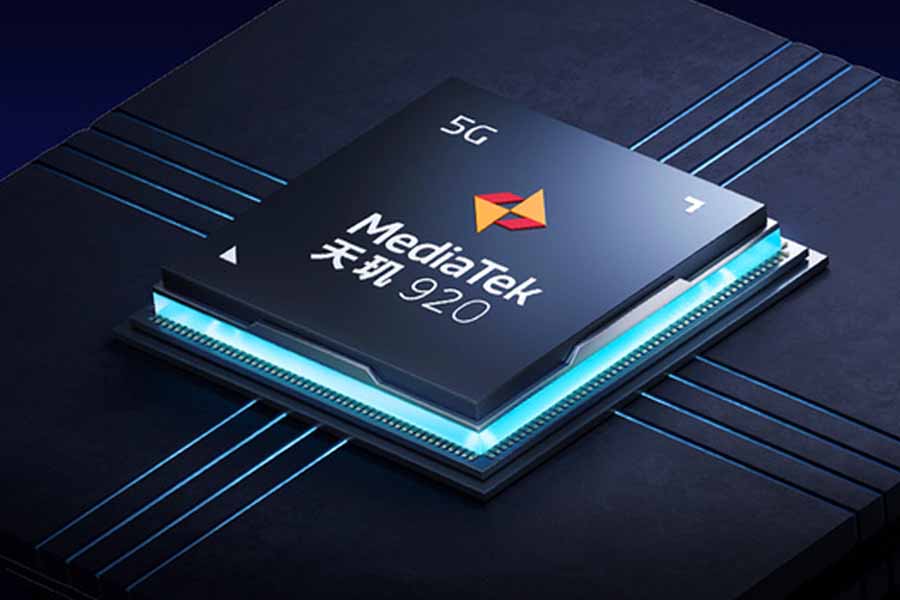
Then again, the phone has handled my everyday chores perfectly fine, while I can’t complain about the memory management on this thing either. I ran my usual app opening and multitasking test between the 9 Pro+ and 11i Hypercharge and both phones performed spectacularly by managing to keep all apps in memory.
Realme 9 Pro+ Review: Benchmarks
This is especially impressive seeing how the much more expensive OnePlus 9RT failed to keep most heavy apps in memory in our speed test. Yet, there is a noticeable dip in app load time—and even memory management—when turning off “High Performance” battery mode.
To note, both the 9 Pro+ and 11i Hypercharge boot with 3GB of virtual RAM enabled by default, but we all know just how little bearing that has on the overall performance of the device. Under normal usage and even during some pretty complex benchmark runs, the Realme 9 Pro+ shows no signs of overheating.
Just look at a few of these tests: from AnTuTu to PCMark to even 3DMark’s Wild Life Extreme Stress Test, the temperature jump is almost insignificant.
Gaming experience
Having said that, the phone does get significantly warm when playing some demanding 3D games like Genshin Impact at the max settings. For instance, under the Highest graphics quality with 60 fps turned on, the phone gives a rather choppy 20 – 30 fps on average.
-
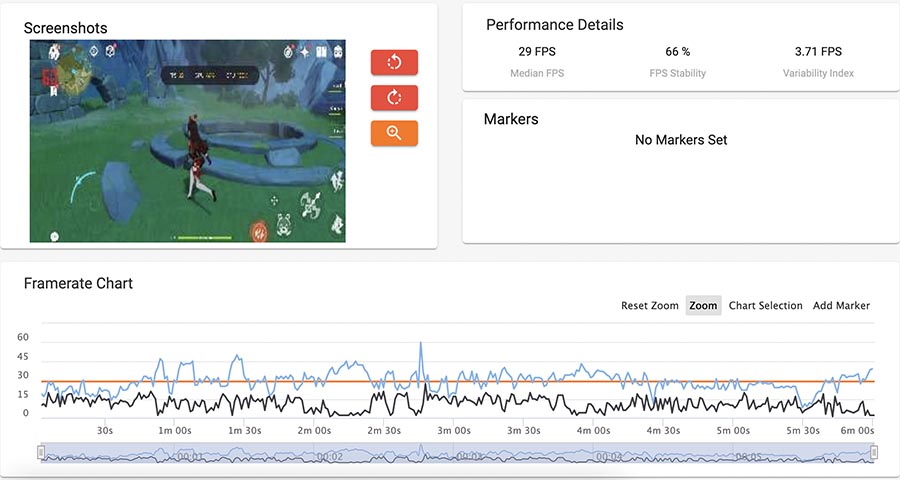
Highest graphics, 60 fps, Motion blur off
As you can see from the framerate chart, the 9 Pro+ does hit 35 to 45 fps every now and then—but the gameplay is simply too inconsistent with just 66% fps stability. Likewise, I logged the peak temperature at the front and back of the phone at a whopping 42.4°C and 40.6°C after just 5 minutes into the game.
20 minutes in, the Realme 9 Pro+ got hotter by a degree more on both sides while the game was still incredibly stuttery with heavy frame drops on frequent occasions. Dialing it down to 30 fps mode, I was getting considerably better fps stability—at least for the first 5 minutes or so. Because the game doesn’t try to push as many pixels now, the frame rate chart shows a near-steady 30 fps here.
-
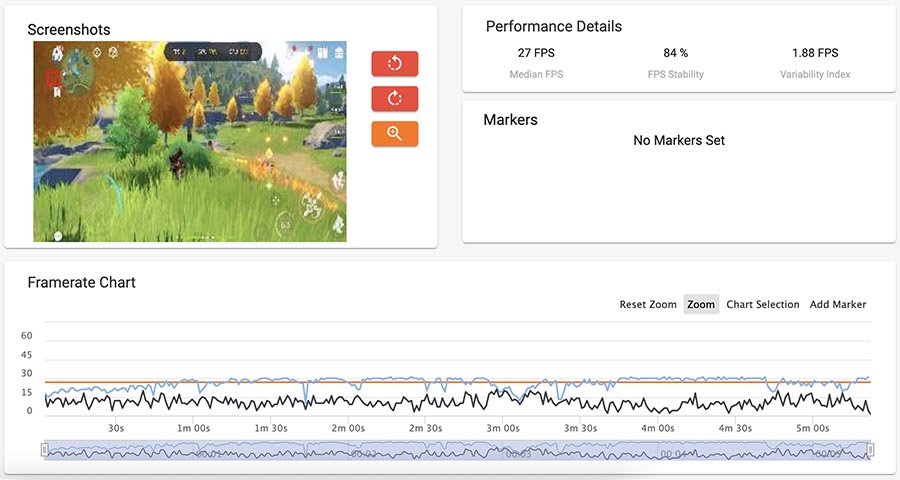
Highest graphics, 30 fps, Motion blur off
As a result, the phone’s temperature stays at a decent level as well. But after 20 minutes or so, there is still a slight dip in stability while the peak temperature reaches the same level as under the 60 fps mode.
What’s more?
On to some relatively less resource-hungry titles, the phone pretty much delivers a steady 40 fps on PUBG under HDR graphics and Ultra frame rates. Even after 30 minutes into the game, I was getting a constant 40 fps, but the CPU and battery temperatures were somewhat concerning.
So, I’d recommend keeping the game to Smooth graphics and Extreme frame rates for the best PUBG experience on the 9 Pro+. Besides smoother gameplay itself, the phone’s supposed vapor chamber cooling system is able to handle the heat dissipation much more effectively in this setting.
Even so, I did notice intermittent frame drops to as low as 48-50 fps here with CPU/battery temperature hovering near the 40°C mark—which goes on to show how the phone’s thin-and-light design ultimately foils any hopes for effective heat management under heavy load.
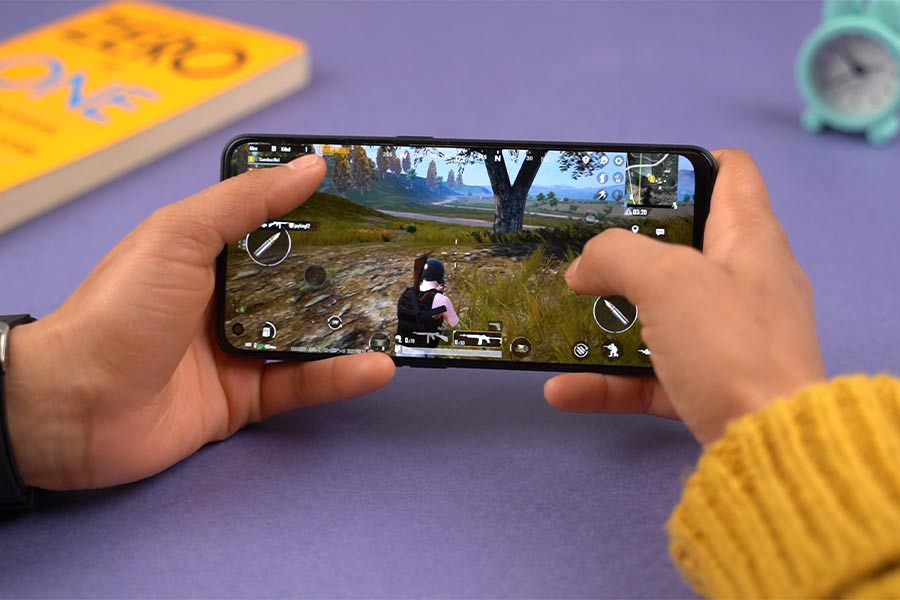
It’s the same with COD Mobile too. Be it under Max or Very High frame rates, the Realme 9 Pro+ ever so frequently skews away from the 60 fps mark—although the phone stays pretty cool in this instance. Moving on, I had a mixed bag experience with a couple of high-fps games I tried on the Realme 9 Pro+ during this review.
Mech Arena managed around 80-90 fps under Ultra preset while Oddmar was limited to just 60 fps altogether. To compare, the Xiaomi 11i Hypercharge can play both these games at 120 fps!
Android 12 experience right out of the box!
In terms of software, the 9 Pro+ boots on Realme UI 3.0 based on Android 12. While companies like Xiaomi, POCO, OPPO, and even OnePlus are shipping their mid-range phones in 2022 with Android 11, this is certainly something to appreciate.
if you’ve already used a realme phone—or an oppo phone for that matter—this should feel right at home.
Realme UI 3 has plenty of customizations available as well, including Android 12’s wallpaper color theming option—which isn’t present on all Android 12 phones, by the way.
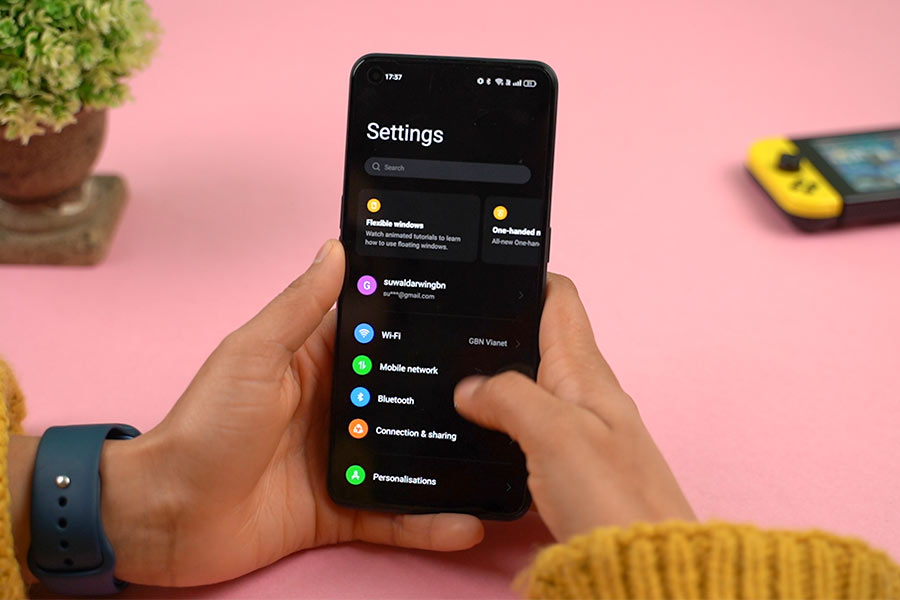
That’s not to say this custom Android skin is perfect. In fact, the bloatware situation here is some of the worst I’ve ever come across. The phone ships with a total of 16 bloatware apps on board—although all of them are uninstallable. More importantly, Realme hasn’t pledged on any long-term update for the 9 Pro+.
This is pretty common for the company’s number series of smartphones and it indeed has a pretty good track record of delivering 2 generations of Android updates for this lineup. Then again, OnePlus has been upping its game with guaranteed updates even in the mid-range segment. So yeah… Realme should definitely be doing better in this regard.
Cameras
- Triple camera setup at the back
- (50MP main, 8MP ultrawide, 2MP macro)
- 16MP selfie camera (hole-punch cutout)
With that out of the way, let’s check out its cameras, shall we? Realme has been specially hyping up the camera capabilities of the 9 Pro+, which is mostly thanks to its flagship-grade 50MP Sony IMX766 sensor with OIS. Apart from this, the phone brings an 8MP ultrawide and a 2MP macro lens at the back.
Normal Images
For this review, I compared the cameras on the Realme 9 Pro+ against the Xiaomi 11i Hypercharge. And right off the bat, the one thing you can notice right away about Realme’s cameras is just how punchier and more vibrant its images look in the daytime.
Even HDR processing is much superior on the 9 Pro+ while the 11i struggles with processing shadows, maintaining black levels, and there’s a definite bit of oversharpening in some cases as well.
It is also subject to greenish tint—especially around the edges every now and then. There’s even something called “AI Scene Enhancement” on the 9 Pro+ for even more saturated photos.
I thought this would be overkill but I was pleasantly surprised to see it bring out better color details in some cases.
Ultrawide Images
Realme does dial down saturation levels when it comes to ultrawide shots though.
The 11i, on the other hand, manages even worse exposure control this time. And there’s not much to talk about in terms of details from both phones.
Portrait Images
As for portraits, the 9 Pro+ has this reddish skin tone with a hint of smoothening but everything from background separation to skin tone is still miles better here.
Xiaomi’s image processing retains unnatural beautification, low contrasts, and way worse highlight control. But during low-light conditions, its portraits come out much sharper.
In our early impressions, we’d mentioned how we felt like Realme had taken inspiration from Pixel phones for portraits. But unfortunately, the 9 Pro+ didn’t hold its ground when comparing it against the Pixel 6.
Be it the subject’s skin tone, subject focus, or background separation, Pixel does it better. So, the obvious lesson here is that you shouldn’t fall into a company’s marketing hypes and hardware isn’t everything on the photography front.
Macro Images
Even the macro images are more vibrant on the 9 Pro+ while they’re noticeably oversharpened too.
But since neither phone brings a macro camera with variable focus, taking close-up images isn’t the most comfortable experience here.
Selfie Images
Getting to the selfie camera, the 9 Pro+ dials down saturation levels by a lot and subjects look a bit soft too. Despite this, the overall photo looks livelier with nice exposure control here. Same thing with portrait selfies.
Lowlight Images
Likewise, the normal nighttime images from the Realme 9 Pro+ are sharper and with better details and color science.
The 11i Hypercharge tries to overprocess the shot and turns the photo hazy sometimes but it does maintain a more pleasing contrast in some cases.
With night mode turned on, the images are still quite sharp on the 9 Pro+ thanks to the OIS on board, but its post-processing time is a little too slow—taking almost 3-4 seconds.
In most instances, you can see how it lets in an unnatural amount of light which results in somewhat blown-out contrast. Yet, this does help the phone pull shadow details better—especially from the ultrawide camera.
Videography
In terms of videos, both phones can shoot at up to 4K/30 fps from the rear camera. Although OIS is disabled on 4K resolution, the 9 Pro+ still delivers comparatively steadier videos alongside better details and contrast.
Similarly, both 1080p/30 and 60 fps footages are much more stable here. Xiaomi has trouble maintaining exposure and sharpness levels this time as well. Upfront, the 11i Hypercharge does support 1080p/60 fps videos though—unlike the Realme 9 Pro+.
As for the regular 1080p/30 fps videos, Xiaomi has a narrower field of view but its videos aren’t as jerky. Yet, it once again retains worse exposure control besides soft details and pinkish skin tone.
All in all, this is a pretty great camera phone for the price. Realme could still optimize it a little better when it comes to saturation levels and HDR processing under low light conditions, but you get the point. Just be sure to limit your expectations on what it can deliver.
Battery
- 4500mAh battery with 60W fast charging
Like the cameras, the Realme 9 Pro+ also has great battery endurance. On light to medium usage, I was easily getting 2 days’ worth of battery life here, whereas our PCMark battery life test shows incredible results for the 9 Pro+ too.
Even under a relatively heavy use case consisting of taking photos and videos, gaming, binging Netflix, and all those things, the phone manages 7-8 hours of screen on time. Fantastic!
I can’t really complain about its charging speed either. Realme claims that its 60W charging solution can fill up the 9 Pro+ from 0 to 100% in 44 minutes and that was pretty much what I was getting. The phone does get a bit warm in the first 10 minutes of plugging it in, but it’s nothing to worry about.
Realme 9 Pro+ Review: Conclusion
Summing up this review, after having used the Realme 9 Pro+ for over a month now, it’s certainly grown on me. This is not your typical value-for-money phone that prioritizes sheer performance over everything else. And gamers will be better off with Snapdragon 870-powered phones from last year like the iQOO 7, Mi 11X, POCO F3, and such for a little extra money.
Instead, the 9 Pro+ is more of a well-rounded package that balances design, display, cameras, performance, and battery life to provide a reliable smartphone experience overall. In fact, it one-ups all those overpriced OPPO and Vivo phones that skimp on performance in pursuit of an attractive design and somewhat better cameras.
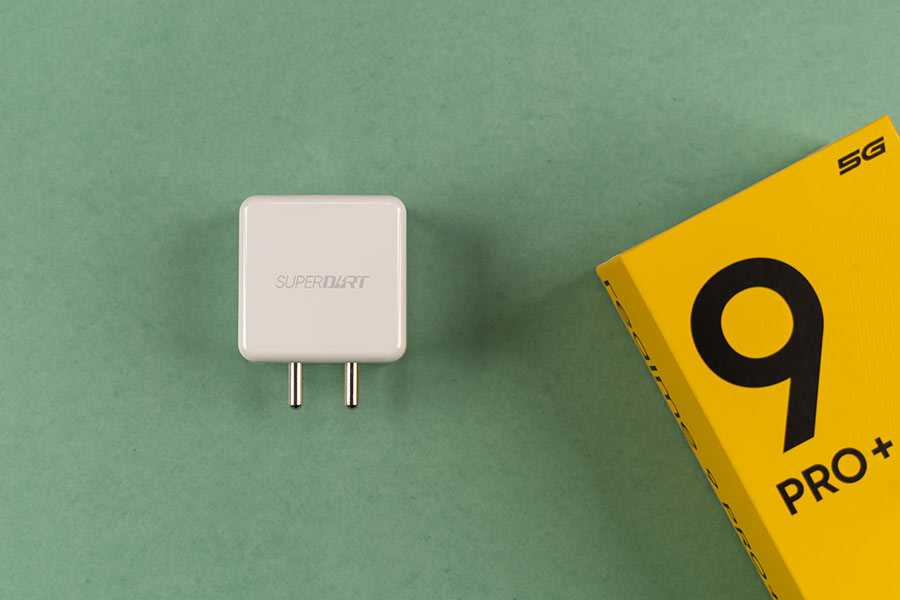
At a similar price, the Xiaomi 11i series is its biggest competition right now which brings a smoother 120Hz refresh rate and 108MP cameras. But as evident from our tests, the 9 Pro+ has much better cameras while not everyone’s going to find the 11i’s burly build quality ergonomically pleasing either.
Still and all, the Realme 9 Pro+ would’ve been an absolute slam dunk if the company had somehow managed to go with Dimensity 1200 or even Snapdragon 870 chip. Also, Realme’s got to sort out all those major and minor concerns I talked about earlier like HDR playback on OTT platforms, future updates, and everything else.
- Watch our review video of the Realme 9 Pro+
Realme 9 Pro+ Review: Pros & Cons
Pros:
- Ergonomic build quality
- Vibrant Super AMOLED display
- Easily the best-in-class haptics
- Fairly decent performance
- The primary camera takes great photos, videos
- Great battery endurance, 60W charging
Cons:
- No official IP certification
- Just 90Hz refresh rate
- No guaranteed future updates
- Comes with a bunch of bloatware apps








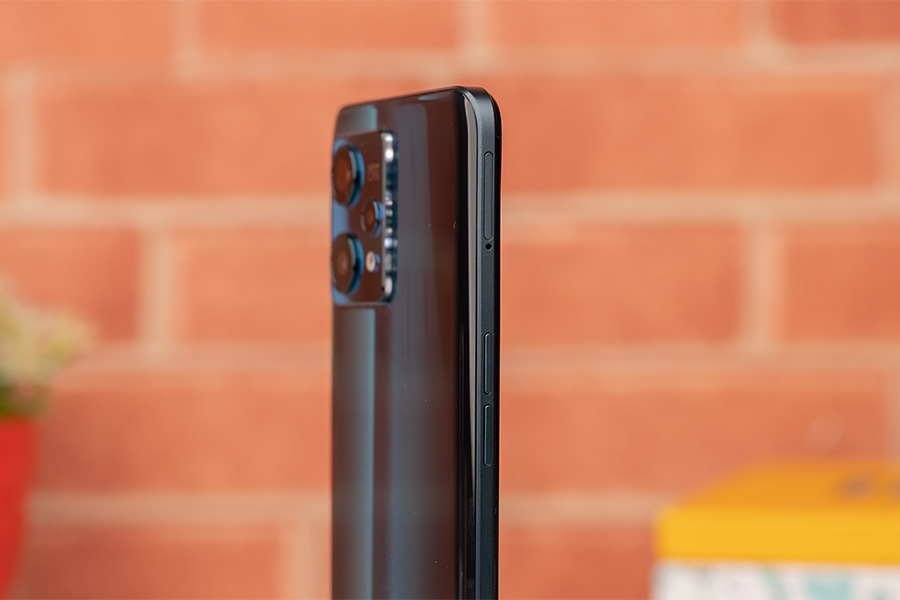

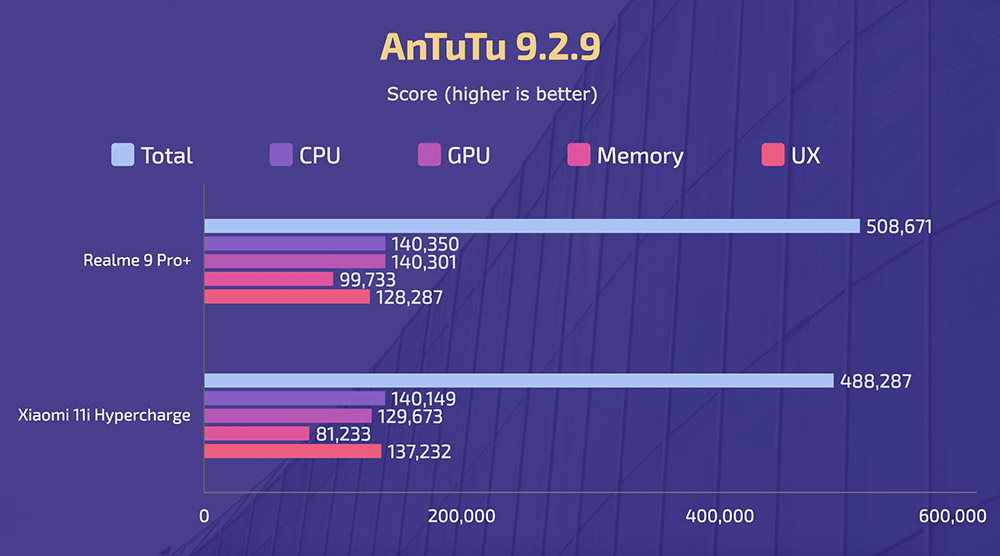
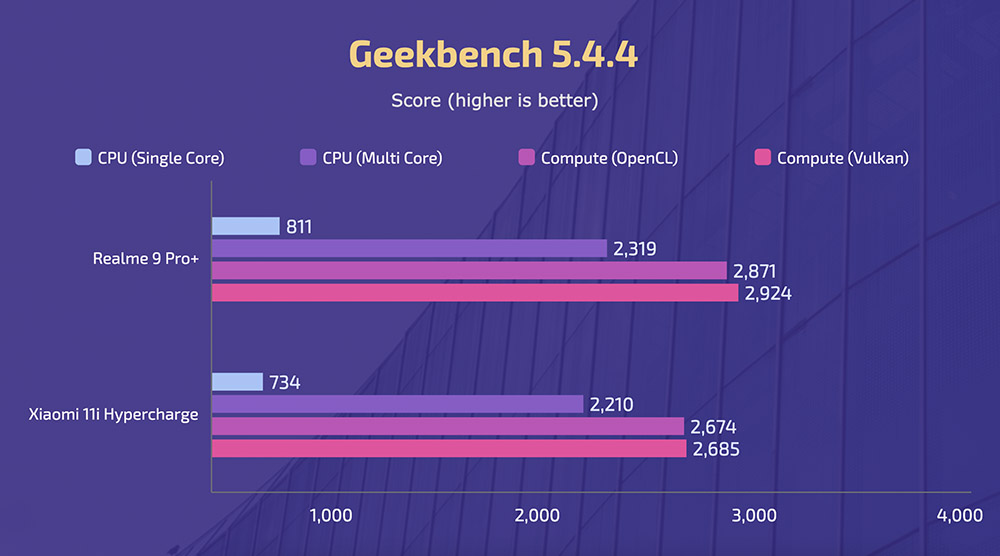

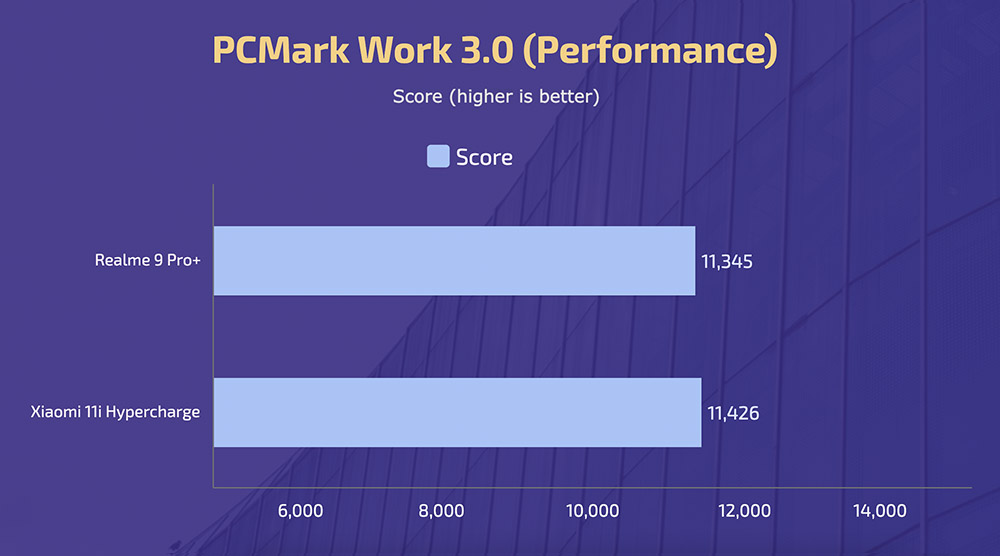
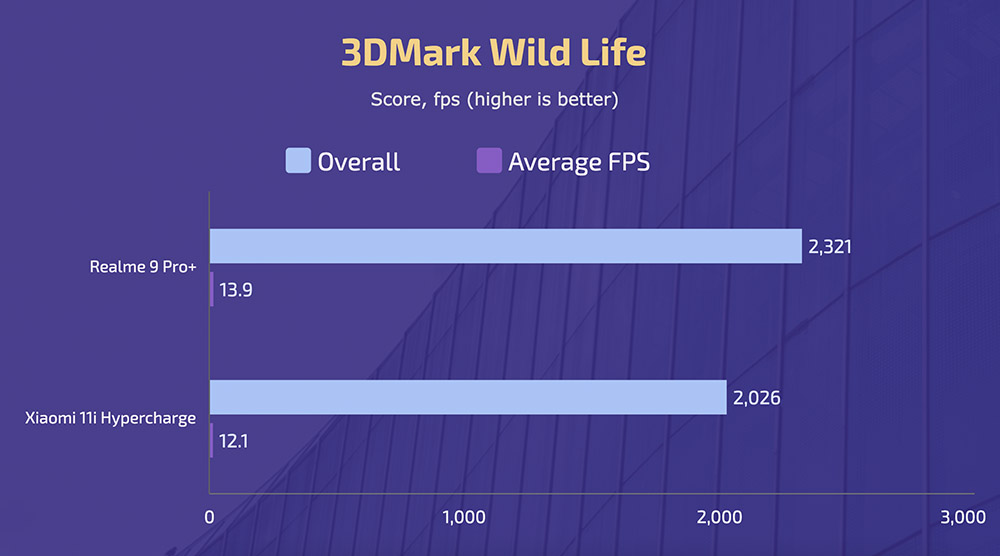


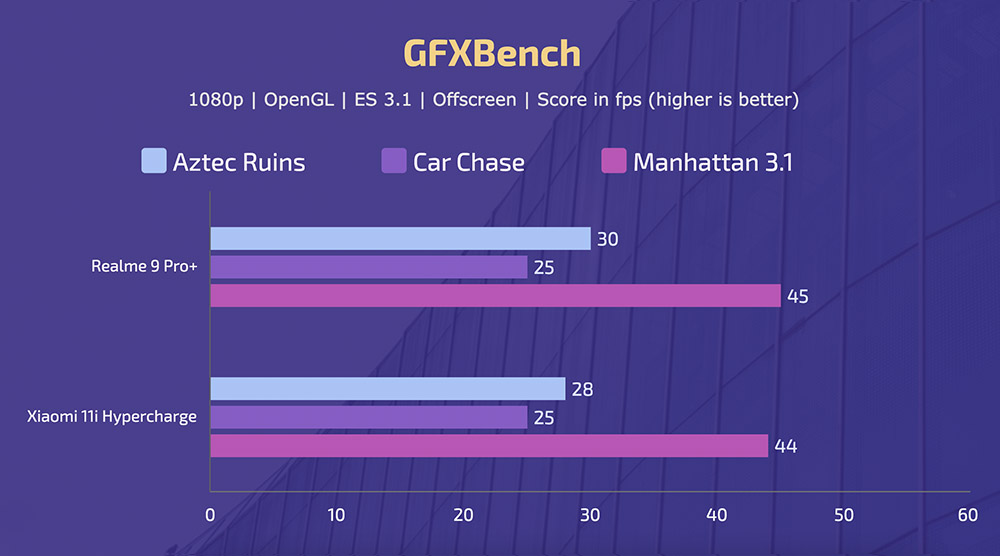
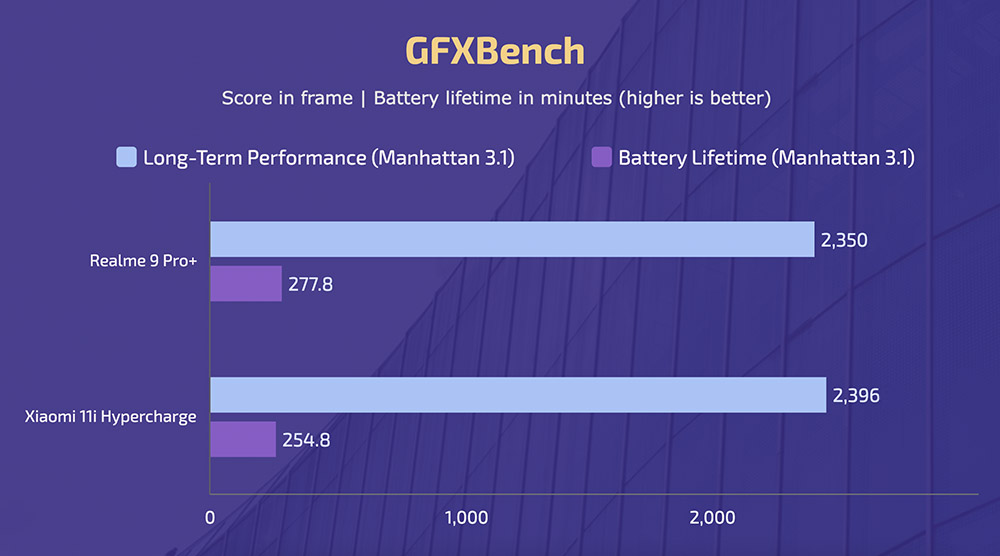

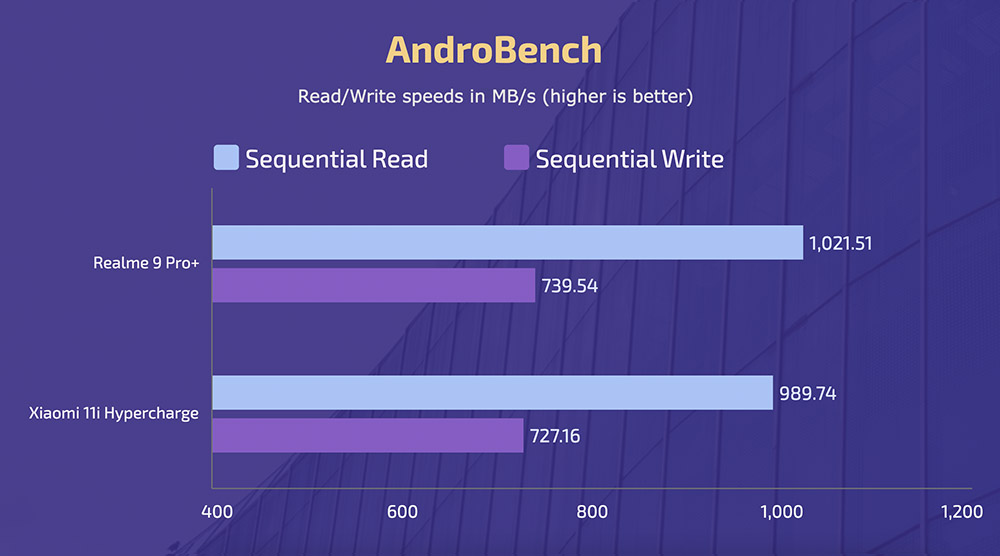
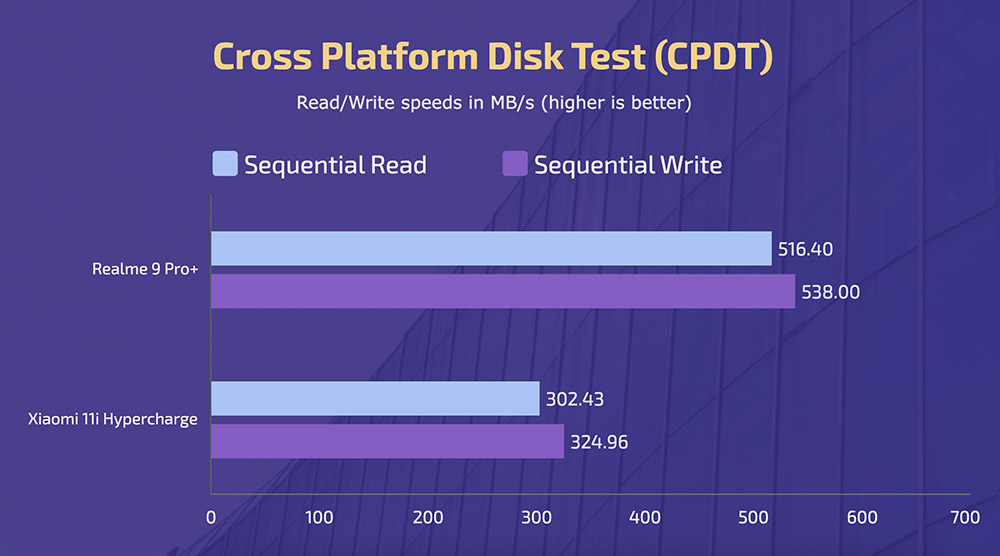
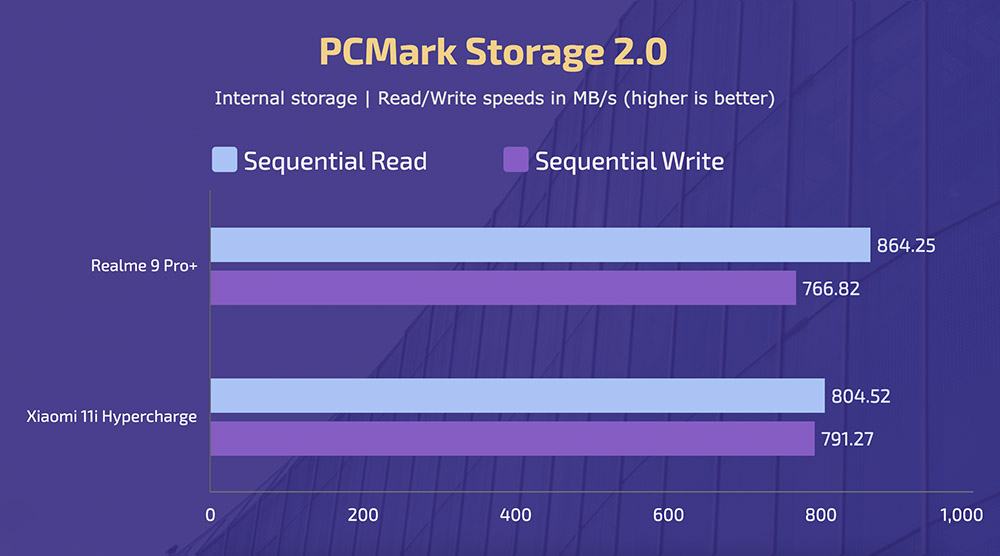


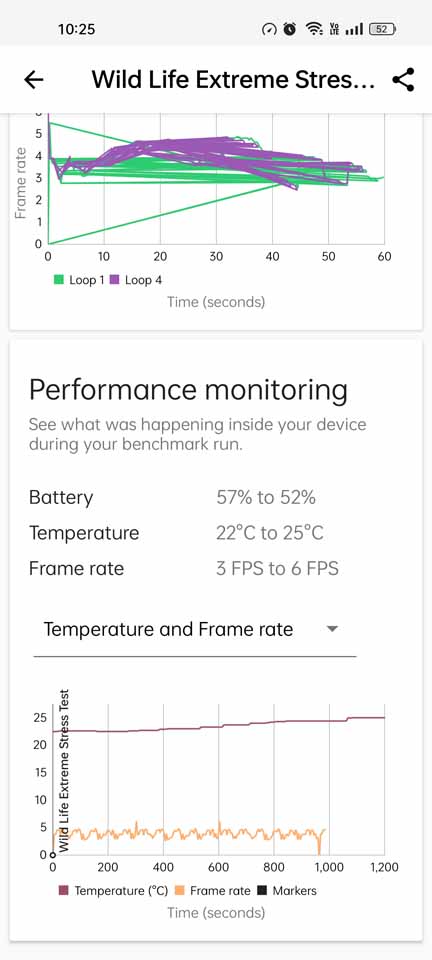
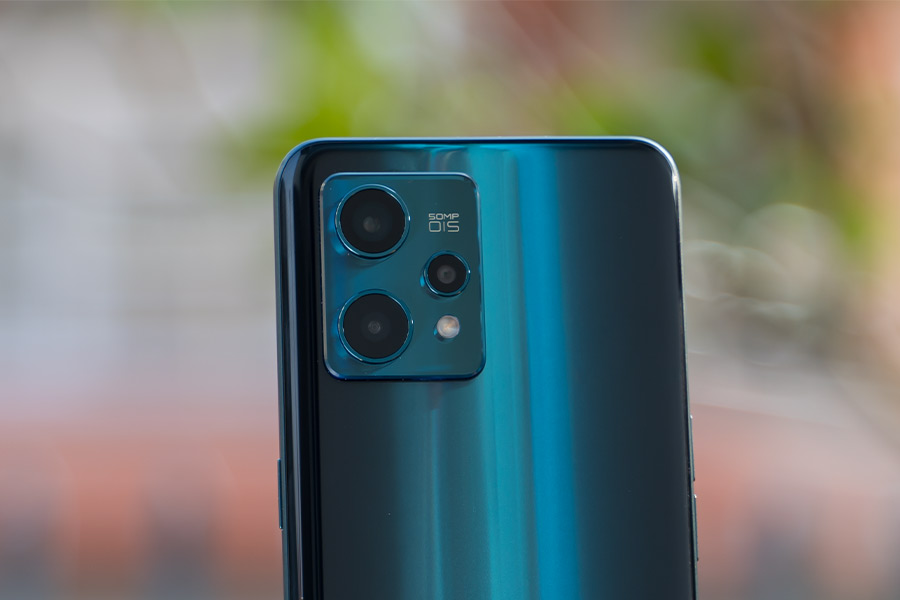
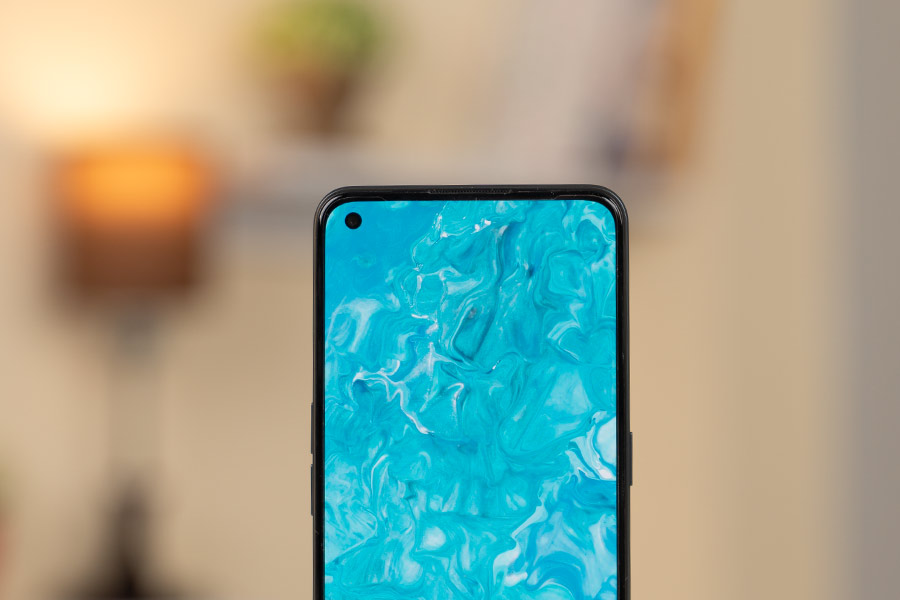
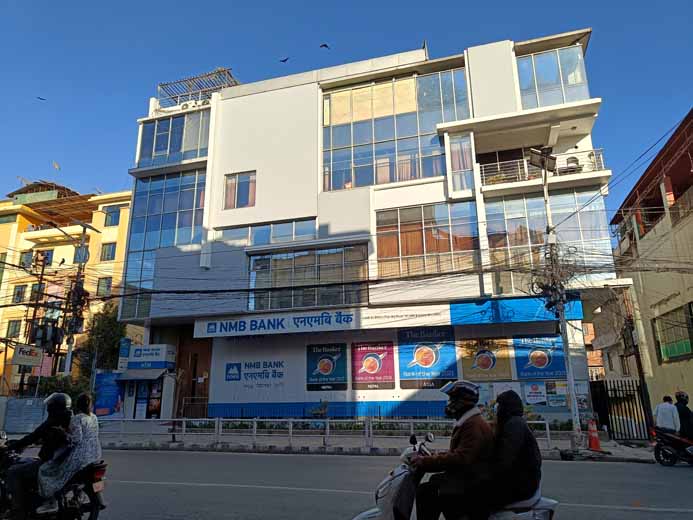



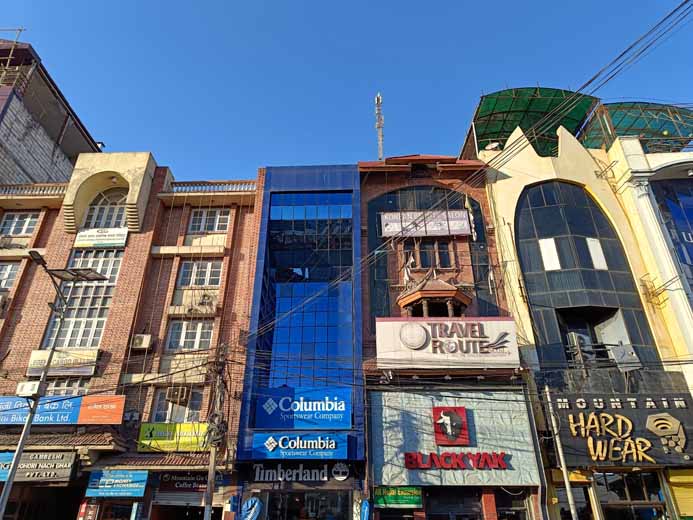
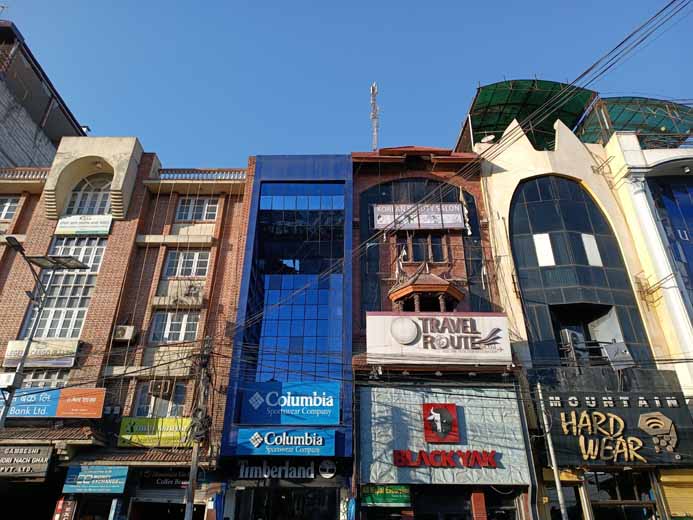


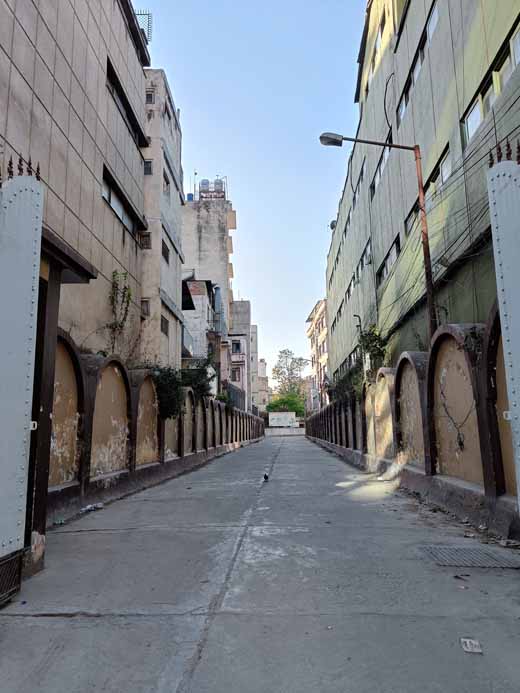
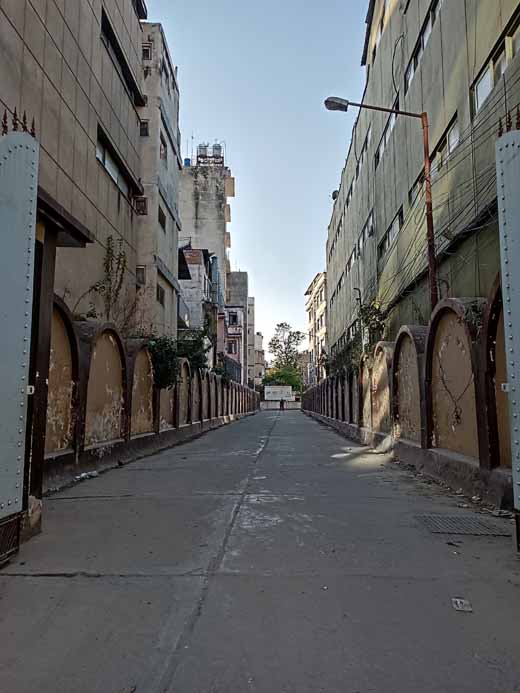
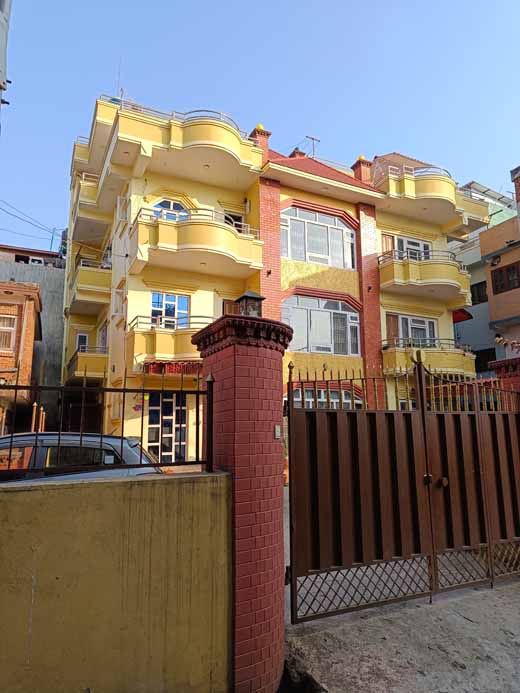
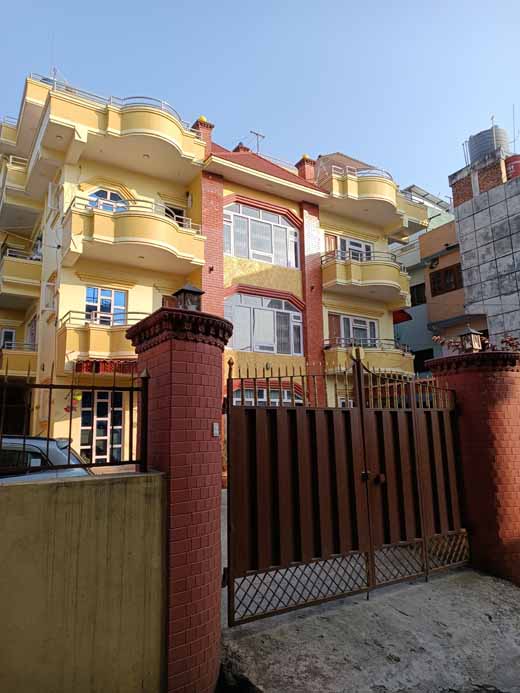
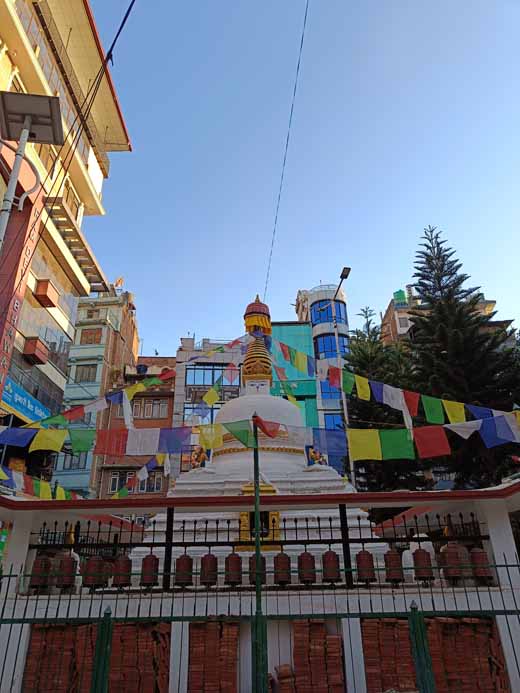

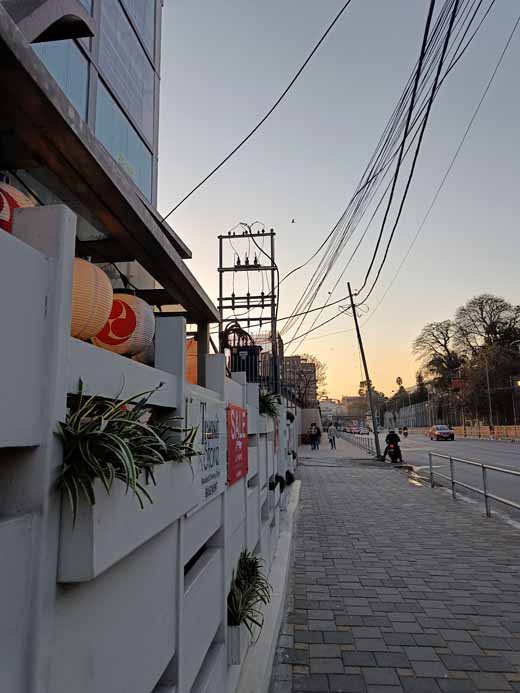
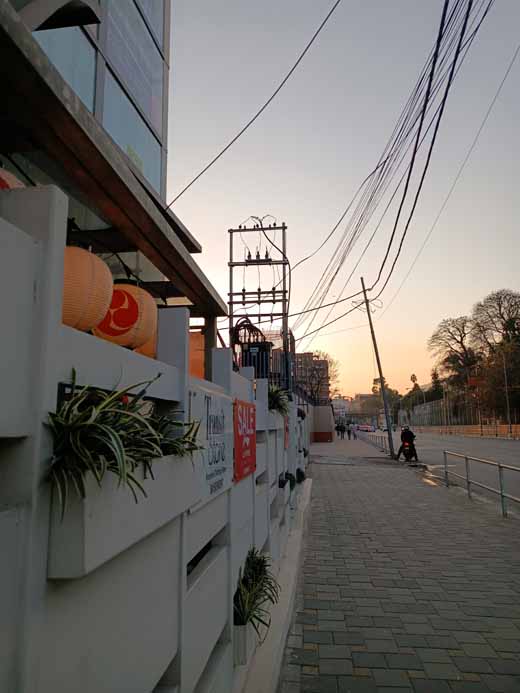


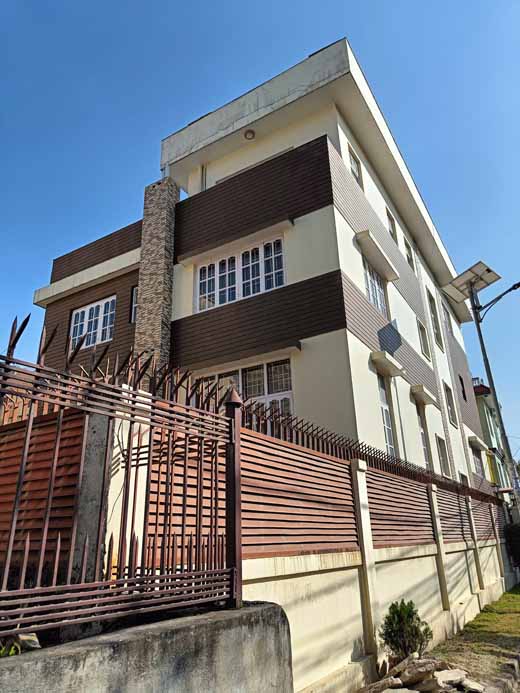
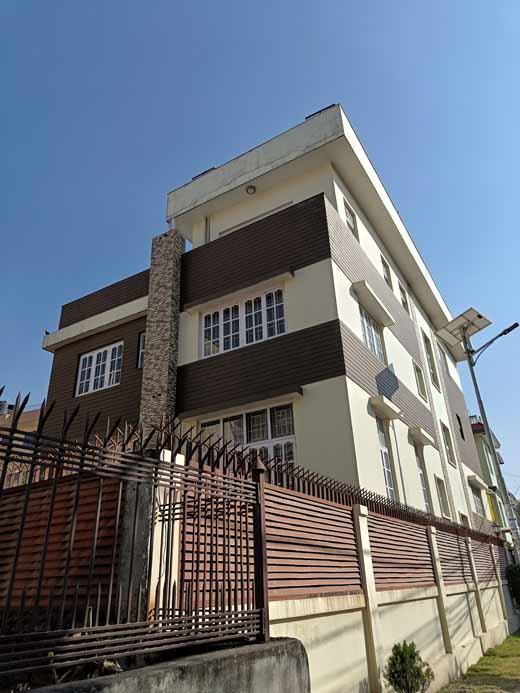


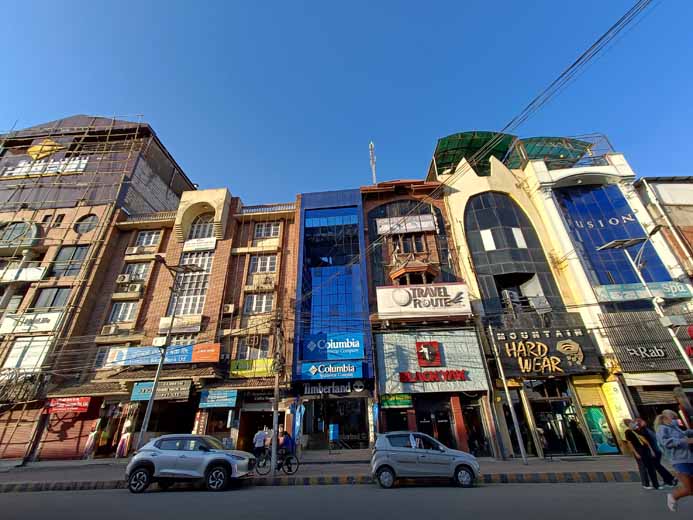
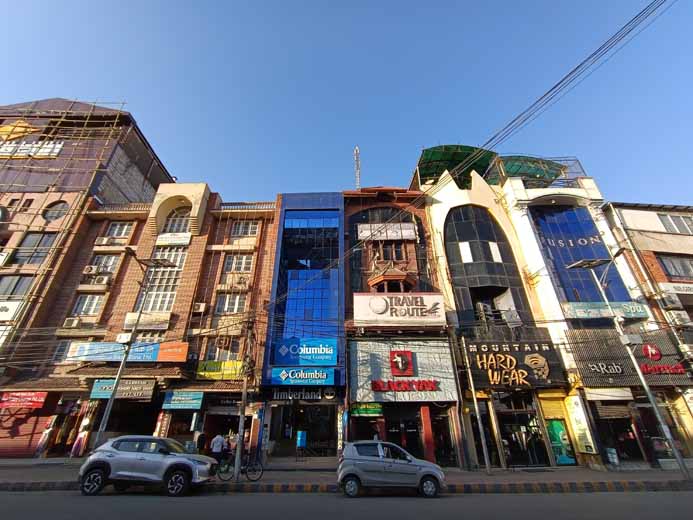

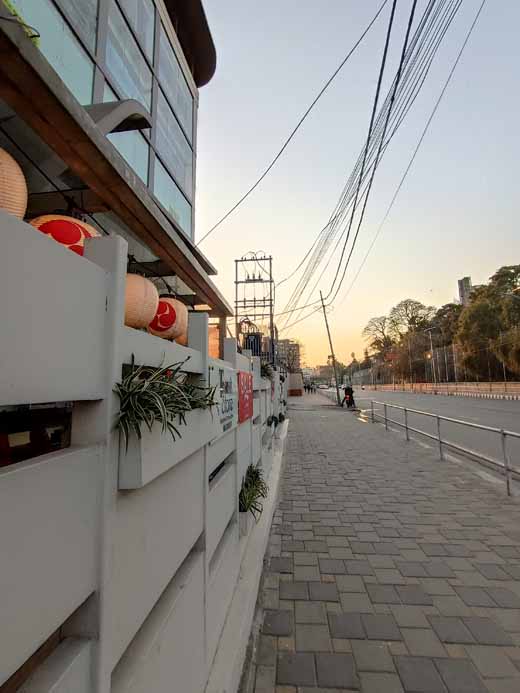
































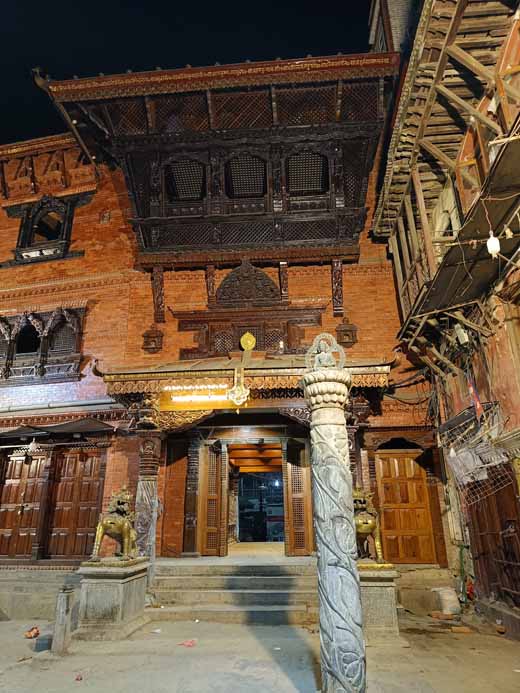





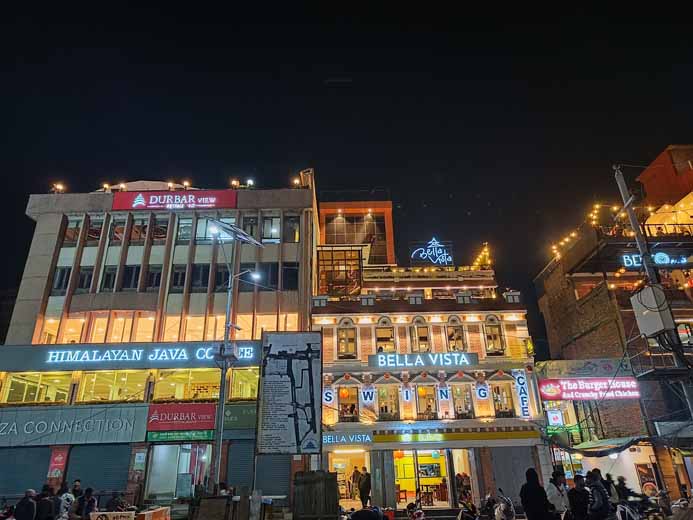


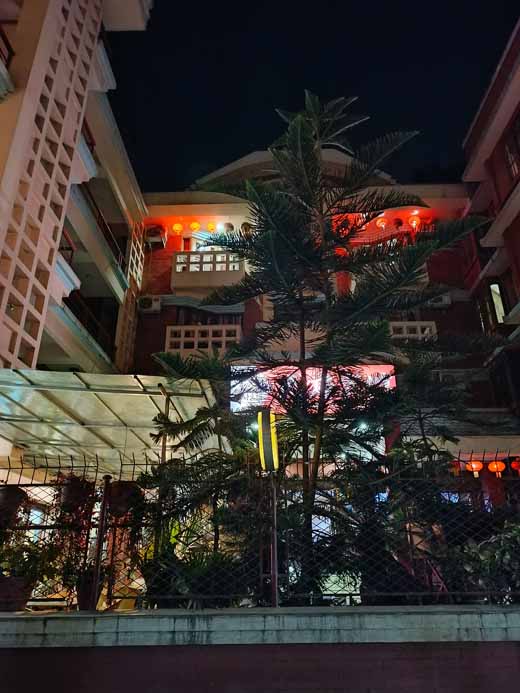






![Best Gaming Laptops in Nepal Under Rs. 250,000 (रु 2.5 Lakhs) [2025] Best Gaming Laptops Under 2.5 lakhs in Nepal [Feb 2025 Update]](https://cdn.gadgetbytenepal.com/wp-content/uploads/2025/02/Best-Gaming-Laptops-Under-2.5-lakhs-in-Nepal-Feb-2025-Update.jpg)
![Best Gaming Laptops in Nepal Under Rs. 120,000 (रु 1.2 Lakhs) [2025] Best Budget Gaming Laptops Under Rs 120000 in Nepal 2025 Update](https://cdn.gadgetbytenepal.com/wp-content/uploads/2025/05/Best-Budget-Gaming-Laptops-Under-Rs-120000-in-Nepal-2024-Update.jpg)
![Best Laptops Under Rs. 80,000 in Nepal [2025] Best Laptops Under 80,000 in Nepal March 2025 Update](https://cdn.gadgetbytenepal.com/wp-content/uploads/2025/03/Best-Laptops-Under-80000-in-Nepal-March-2025-Update.jpg)
![Best Gaming Laptops in Nepal Under Rs. 200,000 (रु 2 Lakhs) [2025] Best gaming lapotp under 2 lakhs Nepal Feb 2025](https://cdn.gadgetbytenepal.com/wp-content/uploads/2025/01/Best-Gaming-Laptops-Under-2-Lakh-Nepal-Feb-2025-Update.jpg)

![Best Mobile Phones Under Rs. 15,000 in Nepal [Updated 2025] Best Phones Under 15000 in Nepal 2024 Budget Smartphones Cheap Affordable](https://cdn.gadgetbytenepal.com/wp-content/uploads/2024/03/Best-Phones-Under-15000-in-Nepal-2024.jpg)
![Best Mobile Phones Under Rs. 20,000 in Nepal [Updated] Best Mobile Phones Under NPR 20000 in Nepal 2023 Updated Samsung Xiaomi Redmi POCO Realme Narzo Benco](https://cdn.gadgetbytenepal.com/wp-content/uploads/2024/01/Best-Phones-Under-20000-in-Nepal-2024.jpg)
![Best Mobile Phones Under Rs. 30,000 in Nepal [Updated 2025] Best Phones Under 30000 in Nepal](https://cdn.gadgetbytenepal.com/wp-content/uploads/2025/01/Best-Phones-Under-30000-in-Nepal.jpg)
![Best Mobile Phones Under Rs. 40,000 in Nepal [Updated 2025] Best Phones Under 40000 in Nepal 2024 Smartphones Mobile Midrange](https://cdn.gadgetbytenepal.com/wp-content/uploads/2024/02/Best-Phones-Under-40000-in-Nepal-2024.jpg)
![Best Mobile Phones Under Rs. 50,000 in Nepal [Updated 2025] Best Phones Under 50000 in Nepal](https://cdn.gadgetbytenepal.com/wp-content/uploads/2025/01/Best-Phones-Under-50000-in-Nepal.jpg)
![Best Flagship Smartphones To Buy In Nepal [Updated] Best flagship phone 2025](https://cdn.gadgetbytenepal.com/wp-content/uploads/2024/07/Best-Flagship-Phones-who-is-it-ft-1.jpg)